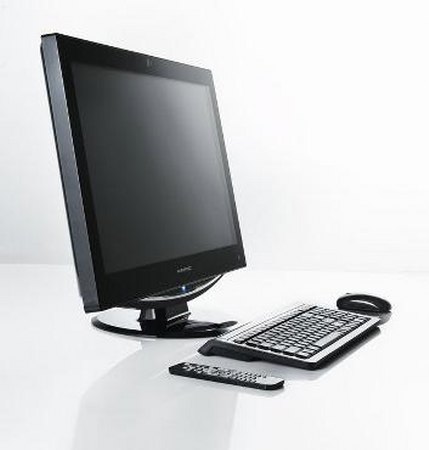Msi launches five new C Series laptops
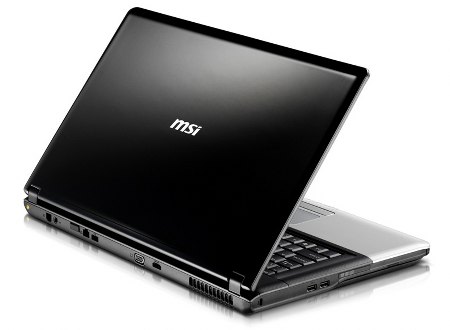
MSI introduced five new C Series laptops, the CX600, CX700, CR600-013, CR600-017 and CR700 , packing some decent specifications, but as usual for C series nothing special. The models 600 packs a 16-inch and models 700 a 17.3-inch display. Continue reading »
Maingear presents eX-L 18, supposedly “worlds most pawerful gaming laptop”
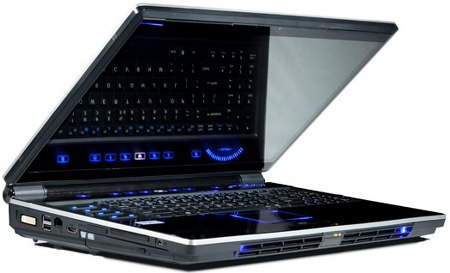
According to MainGear, they launched the worlds most powerful gaming laptop, the eX-L 18. It boasts 18.4-inch (1,920 x 1,080 resolution) LCD display, Intel Core 2 Extreme X9300 (2.53Ghz) quad processor with an Intel MCP79 chipset, Continue reading »

Toshiba launched series of kitchen-friendly TV sets, the 18.5-inch 19LV612U. It’s made from stainless steel and it’s intendet for use in kitchen because it blends easly with microwave oven, refrigerator and other kitchen appliances. Continue reading »
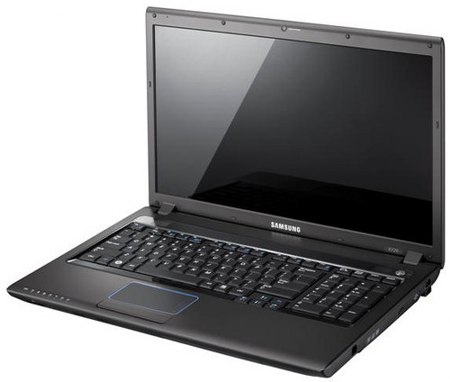
Samsung announced new multimedia notebook, the 17.3-inch R720. Its powered by Intel Centrino 2 processor, ATI’s Mobility Radeon HD 4650 graphics has 17.3-inch (16:9 aspect ratio) LED display, stereo speakers with subwoofer and Windows Vista Home Premium. Samsung R720 will be available in the UK market from July.
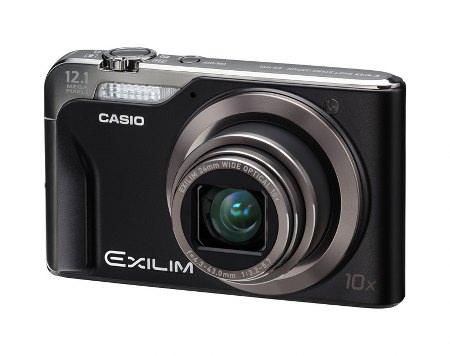
Casio has recently announced the Exilim EX-H10, a new compact digital camera which will come with 10X optical zoom lens.It has a 3-inch LCD, ultra-wide angle 24mm lens stabilized by a 12.1 megapixel sensor with up to ISO 3200 sensitivity, CCD-shift image stabilization and ability to convert JPEGs into motion video at 720p (30 fps). Continue reading »
Averatec have introduced new all-in-one desktop PC, the Averatec D1200. It boasts 25.5-inch Full HD (1920×1200) LCD screen, Intel Core 2 Duo E5200 2.5Ghz processor, Intel’s G4500HD graphics, 4GB DDR2 RAM and 320GB hard drive. Continue reading »
